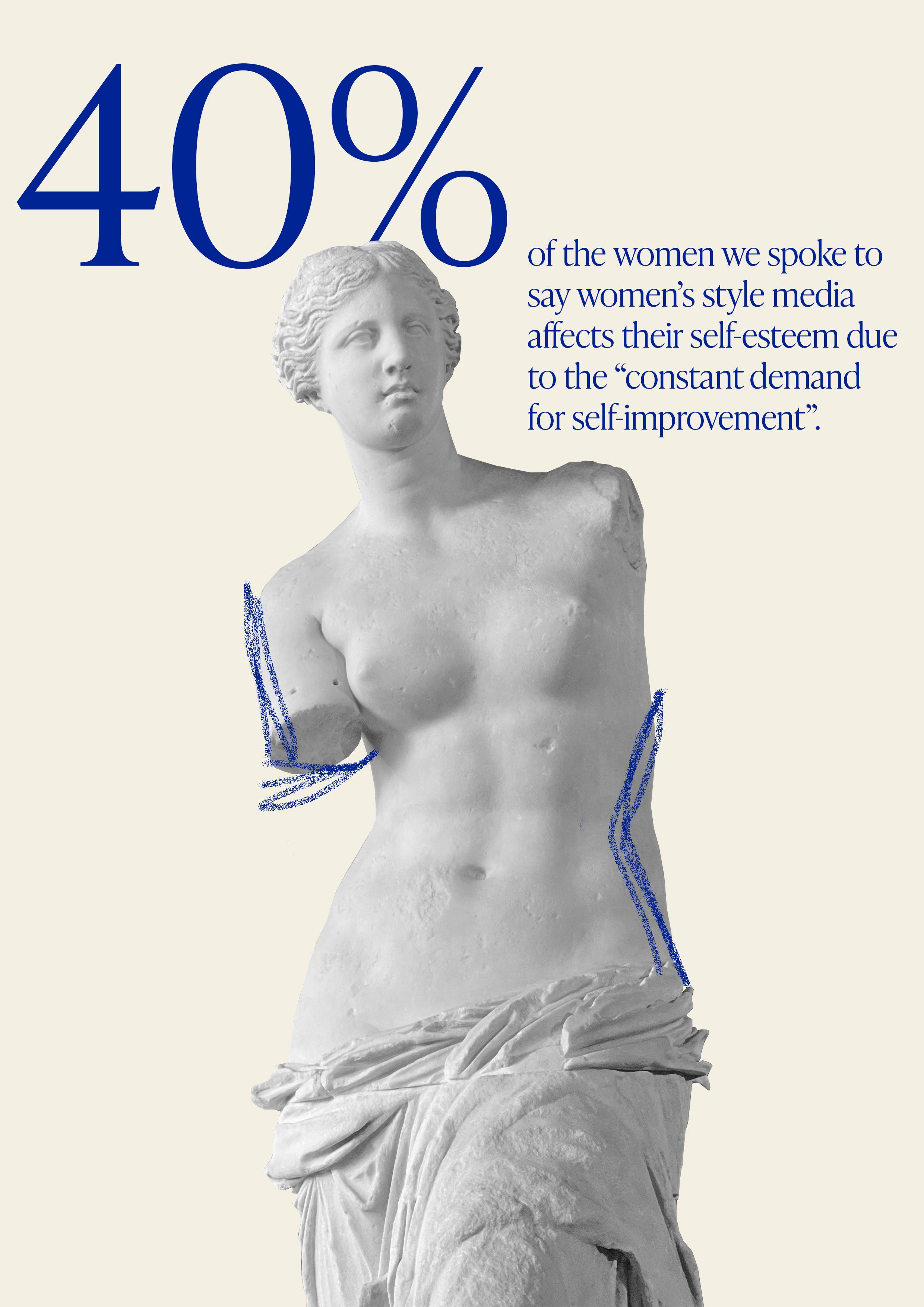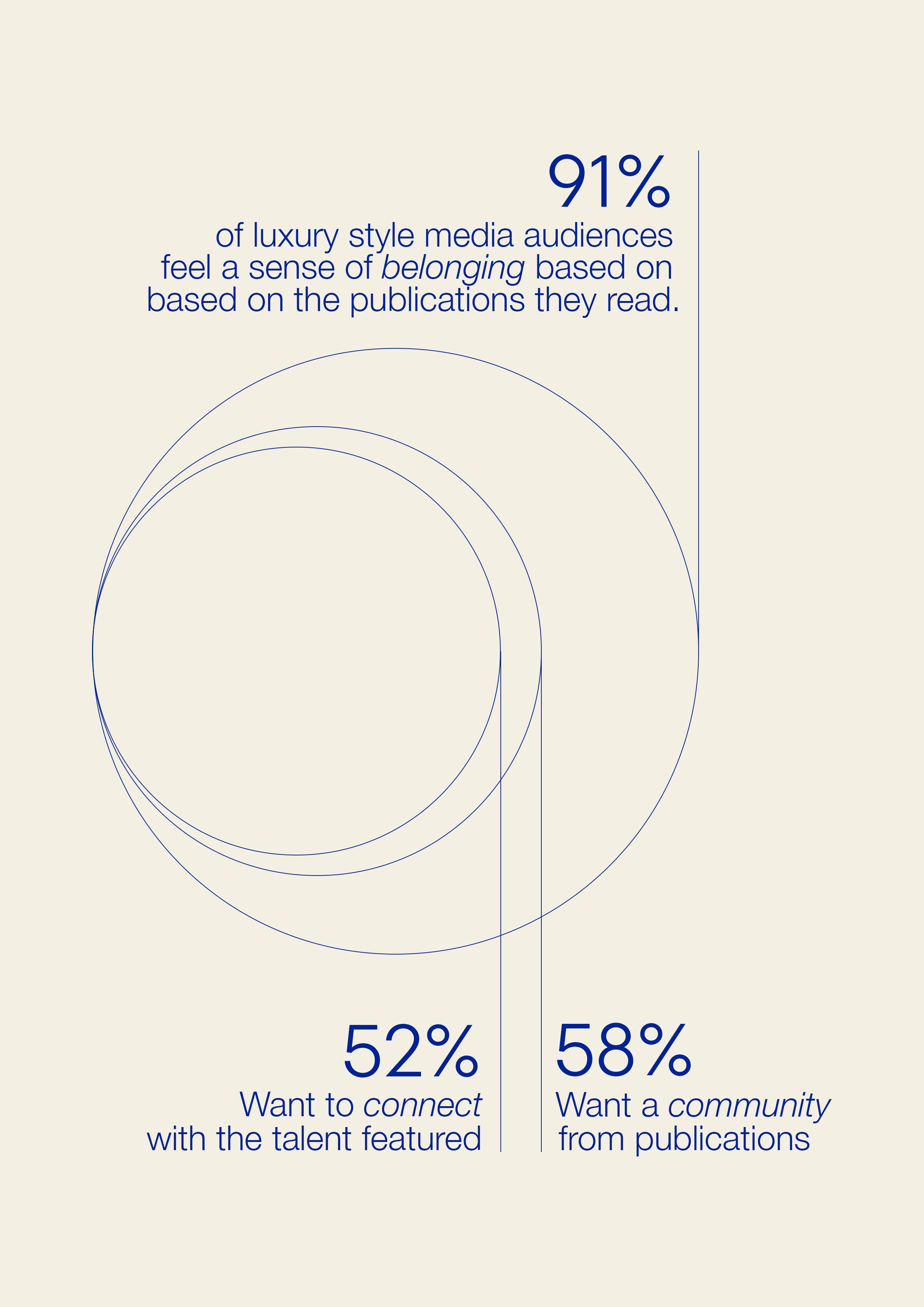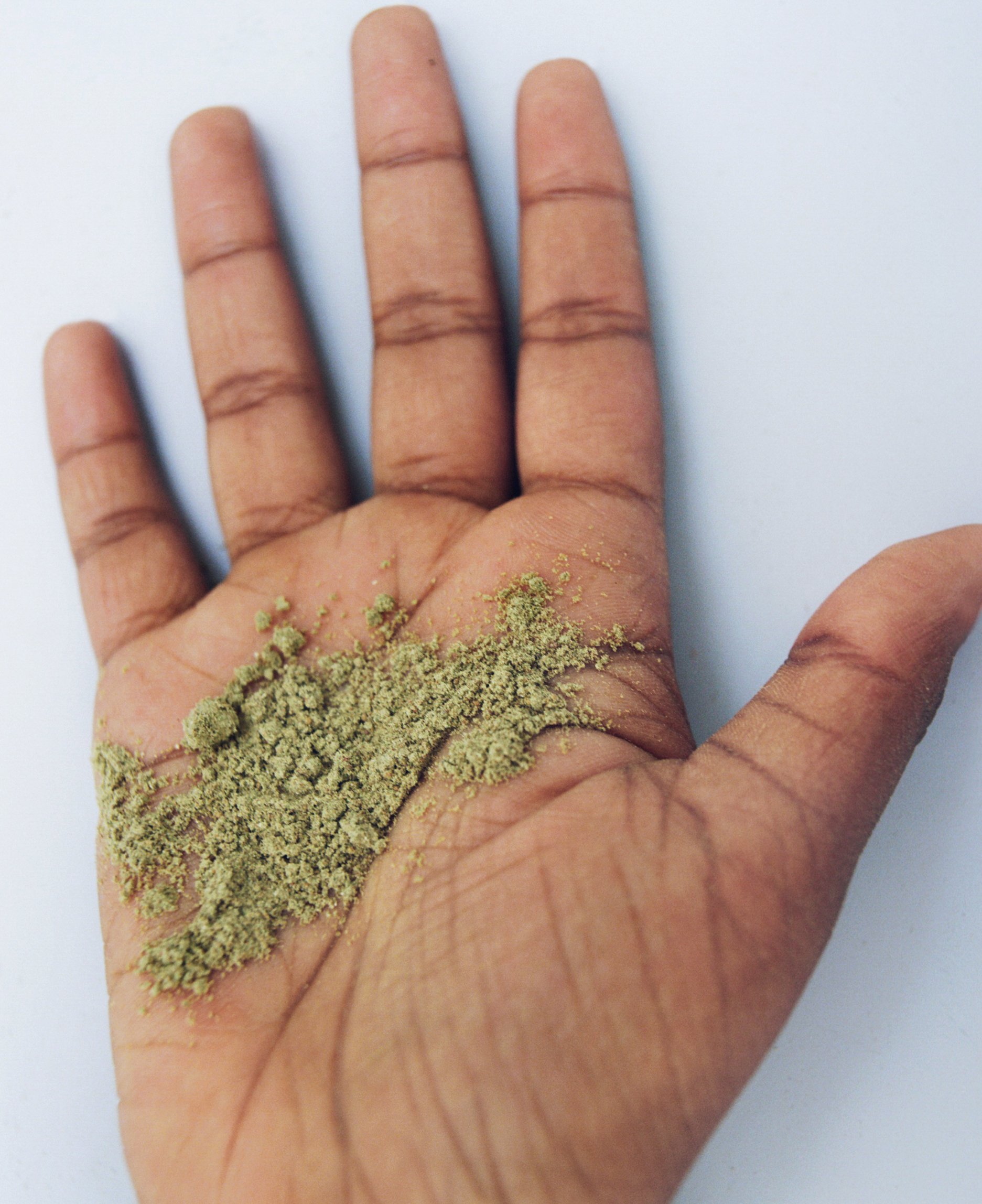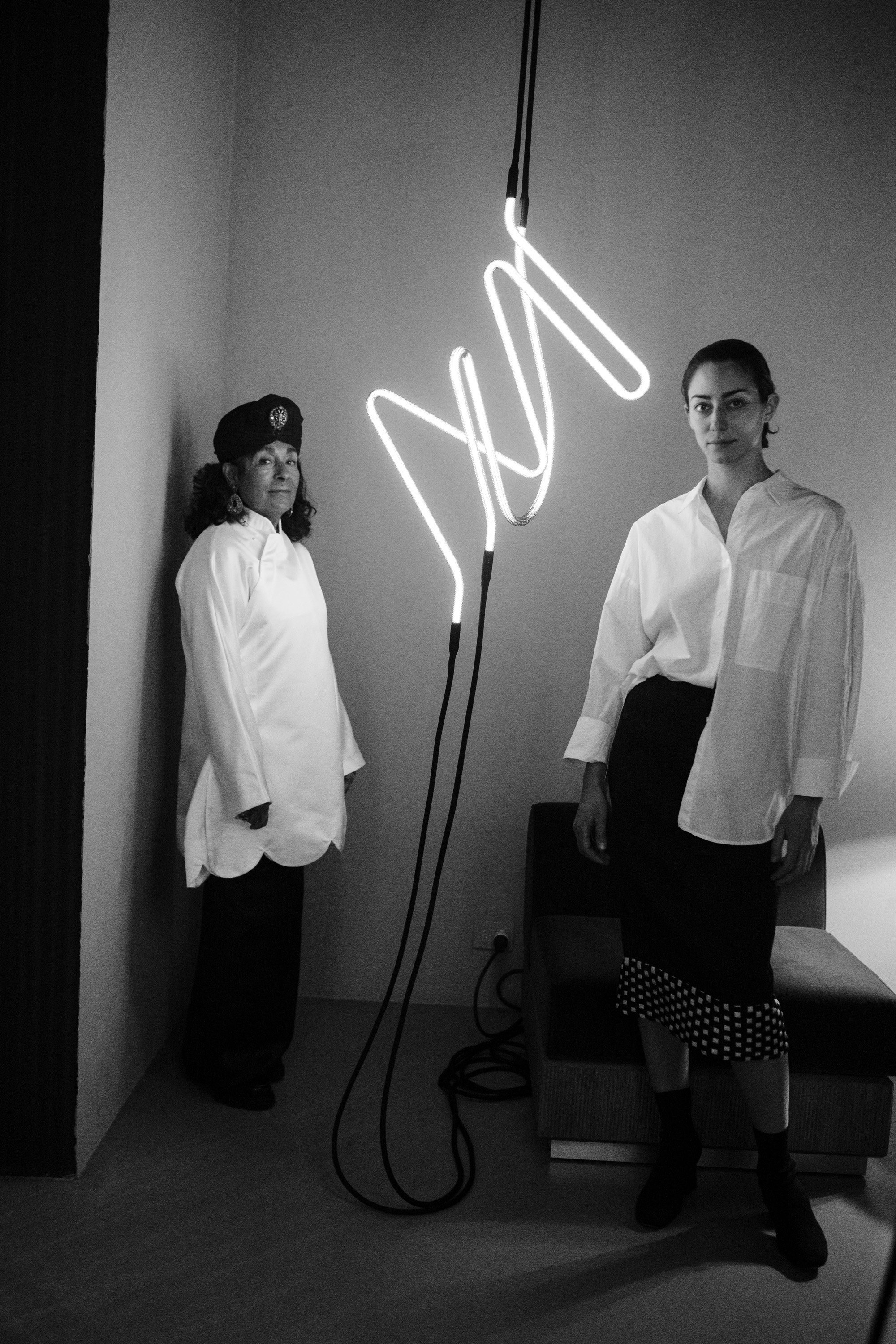Are We Still Living in a Barbie World?
Photography by Maxime van Namen
By Jordan Mitchell
In the wake of the Barbie Movie’s global stampede and marketing shut down, it was refreshing to see how a global franchise famed for perpetuating an idealized portrayal of unattainable beauty standards created a film that subverts and pokes fun at the very tropes it was built on.
However, beneath the surface of this seemingly progressive movie lies a troubling reality: women, particularly black women, continue to feel upheld to the unrealistic expectations projected and perpetuated by the media landscape.
A recent study by HURS revealed within the luxury style media audience, 66% feel that women are discriminated against in the media at large. While 79% of women turn to women's media for inspiration, a mere 26% come away feeling inspired. This begs the question: are we still living in a Barbie world, where unrealistic ideals overshadow authentic representation?
In today's interconnected world, the media holds significant power in shaping societal perceptions. However, for women – and the lens I can authentically speak to is black women specifically – the issue of underrepresentation persists. The impact of this extends beyond the media, influencing societal attitudes and perpetuating systemic inequalities.
Authentic representation of black women in the media can serve as a catalyst for dismantling harmful narratives and challenging societal biases. When young girls see reflections of themselves on screen, they gain inspiration and believe in the validity of their dreams. I saw this first-hand with my client Clara Amfo, when she was honored with a “Barbie Role Model” modeled in her likeness. It served as personal recognition for all the many childhood years spent not feeling seen or validated.
Courtesy of HURS
Courtesy of HURS
Visibility in media not only fosters self-esteem and empowerment but also creates a sense of belonging within the broader community. However, true representation also acknowledges the intersectional experiences of black women. By portraying these wide ranging realities accurately, the media can contribute to dispelling stereotypes and create space for black women to be displayed as nuanced individuals.
Yet, the journey towards authentic representation demands more than just token inclusion on the screen or in magazines. The lack of diversity behind the scenes plays a critical role in moving things on. To create a more inclusive media landscape, structural changes within the industry are essential. Black women must not only be represented on screen but also hold decision-making positions, including writing, directing, producing, and executive roles. Empowering them to shape narratives ensure authentic experiences are reflected in the stories told.
“Yet, the journey towards AUTHENTIC representation demands more than just token inclusion on the screen or in magazines. The lack of diversity behind the scenes plays a critical role in moving things on.”
It’s evident that media outlets with diverse workforces create far more dynamic work. Creating narratives that challenge, inspire and educate their audiences with stories that transcend race but ultimately address and impact the cultural zeitgeist.
The stats speak for themselves with research from HURS concluding that only 21% of women feel positive about how content addresses women, while a staggering 53% harbor negative feelings towards such articles. These stats speak to the problematic nature of some of the narratives and themes that perpetuate ideals that women struggle to hold themselves to.
To truly disrupt and change the media landscape, we must place greater emphasis on embracing the diversity of voices and experiences that empowers all women, including black women. It’s time we break down the walls of Barbie’s Dream House and step into the real world and start authentically uplifting real women as an always on priority.






